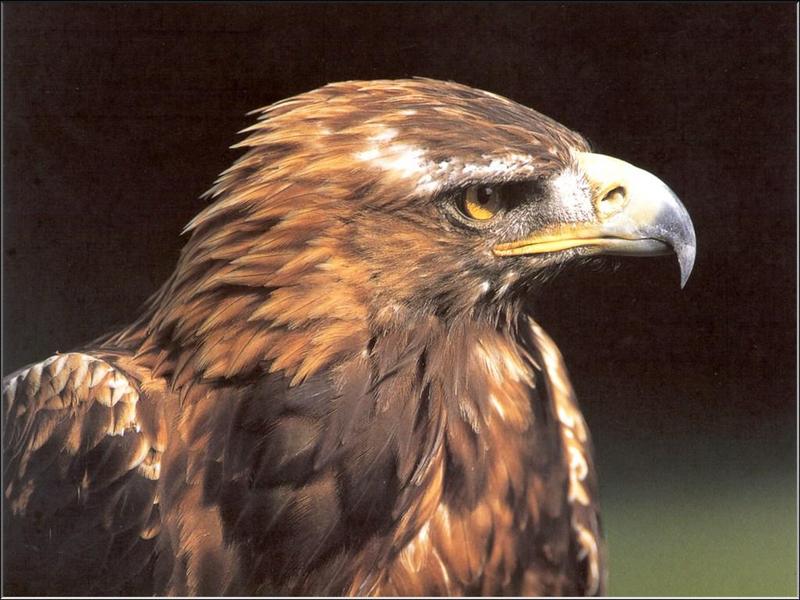|
| 질의: Birds of europe | 결과: 478번째/1706 | |
Golden Eagle (Aquila chrysaetos)(검독수리)
| 제목: | Golden Eagle (Aquila chrysaetos)(검독수리)
| |

| 해상도: 1024x768
파일크기: 111613 Bytes
등록시간: 2005:03:08 01:18:49
|
Golden Eagle (Aquila chrysaetos)
The Golden Eagle (Aquila chrysaetos) is one of the best known birds of prey in the Northern Hemisphere. Like all eagles, it belongs to the family Accipitridae. Once distributed across North America, Europe and Asia, it has disappeared from many of the more heavily populated areas.
The Golden Eagle is one of twelve species of large predominantly dark-coloured eagles in the genus Aquila found worldwide; a large brown bird of prey, it has a wingspan averaging over 2 m (7 ft) and up to 1m (3 ft) in body length.
|
댓글 |
|---|
| | 손님 |
|
Scientific Name: Aquila chrysaetos (Linnaeus, 1758)
Common Names: Golden Eagle
French: Aigle royal German: Steinadler Spanish: Águila real
Taxonomy: Falco Chrysaëtos Linnaeus, 1758, Sweden. |
^o^
동물그림창고 똑똑전화 누리집
^o^
|
|
|